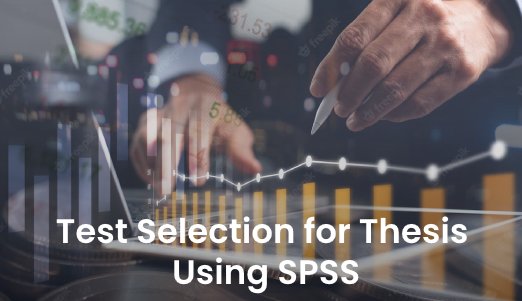Statistical software and its importance in data analysis:(SPSS)
Introduction
The term statistical analysis software refers to a set of tools that assist in collecting and analysing data using statistics to provide scientific insight into patterns and trends. A data scientist often turns to statistical analysis theorems and methodologies, such as regression analysis and time series analysis, to perform data science.
The purpose of business intelligence is to gather and analyse data, and to transform them into actionable insights. The software can be very helpful in business intelligence. It helps to add more value to your company's data. Statistics may be challenging, but they become easier with the right BI tools. To be effective, an appropriate analysis tool must always be selected. Data collection statistics tutors can help you if you need help with statistical analysis.
SPSS Helps in Research & Data Analysis Programs
This SPSS helps researchers process complex data in a simple manner by allowing them to process complex data in simple steps. Working with complex data can be challenging, but SPSS Data analysis software handles it with ease. The purpose of these techniques is to identify patterns found among different variables of data and to analyse, transform, and produce them. Also, it provides an easy method to comprehend the results through graphical representation. The best way to learn and get familiar with particular software is by learning from the best SPSS Online Tutors.
Following are some factors that are responsible for the process of handling data:
- Data Transformation: This technique is used to change the format of data. When a particular data type is changed, it integrates a similar data type in one specific spot, which is easy to manage. The SPSS program offers a variety of data types, and you can adjust its structure according to system requirements and specifications. Even if you change the operating system, SPSS will still work with old data.
- Regression Analysis: Determines how dependent and interdependent variables are related to each other in a particular data file. The purpose of regression analysis is to understand the type of relationship that exists among various variables. It describes how changes in interdependent variables can influence dependent variables.
- ANOVA (Analysis of variance): This method helps to compare events, groups, or processes, and find out the variations between them, which helps to understand which method is best for completing a particular task. In this way, you can determine if the method is feasible and effective. If you have trouble using SPSS, you can seek assistance from an Online SPSS Expert.
- MANOVA (Multivariate analysis of variance): The MANOVA technique is used for comparing random variables whose value is unknown. It can also be useful for analysing different populations and identifying factors that might affect their decisions.
Conclusion
SPSS statistical analysis software is used to assist and collect analysed data using the statistical method to provide scientific insights for helping businesses according to today's trends. SPSS help the data scientist often using statistical analysis theorems and methodologies. The purpose of this tool is to gather and analyse data, which help to transform your data into actionable insights. The SPSS program offers a variety of data types, and you can adjust its structure to system requirements and specifications.





Comments
Post a Comment